Thirty years on from the Iran-Iraq war, there are still landmines along the border, posing a great risk to the local people. As well as clearing the mines, Iranian authorities must improve education about the dangers, writes Leila Alikarami
The Iran-Iraq war officially ended over 30 years ago. Yet Iranians continue to be killed by that war. Even those born after it ended could be injured or killed by the landmines, which were used by the armed forces, Iraqi and Iranian, and which remain in the ground. Today, that war continues to take lives and injure citizens, with permanent disability always a possibility.
Of course, first and foremost, the state must offer the population security and protection from the landmines. Regardless of who laid the mines, the state must act responsibly and clear the border area of mines. To date, it has not fulfilled its commitment to remove these landmines or done enough to raise awareness about the dangers the remaining mines pose to the poor and underdeveloped regions along Iran’s borders. Raising awareness is an essential part of rectifying the problem and it must be taken very seriously.
Following many years of hard work by non-governmental organizations and individual activists, about 15 years ago, the United Nations General Assembly agreed to mark April 4 as International Day for Mine Risk Awareness and Mine Action.
This year the spread of the coronavirus has overshadowed the event. But it is important that, although the world is focused on combating the pandemic, the daily danger of landmines not be overlooked.
Focusing on public awareness is the first step toward effective crisis management, whether dealing with an acute respiratory infection like COVID19 or the residual landmine contamination of communities. In the case of minefield hazards, raising awareness can play an instrumental role in alerting vulnerable people who face the threat of lethal injury, which occurs far too often.
Eighty percent of the world’s governments have joined the 1997 Mine Ban Treaty, leading to a continual ban on their use, a decrease in the number of victims of landmines, and an increase in land cleared of explosive hazards after war. However, the number of casualties remains too high, and in 2018, the last year for which complete data is available, 6,897 people were killed or injured by landmines, of whom 71 percent were civilians; out of those, 54 percent were children.
Many people in Iran remain unaware that some of the country's provinces are highly landmine-contaminated. Many people who live in contaminated areas, especially people born after the war, are hardly aware of the risk of landmines and other unexploded debris from the war. Tragically, in the frontier regions such as Kurdistan and Khuzestan, children come across unknown objects and, not knowing that they need to take extra care, sometimes play with and handle them, leading to disastrous results. This is not only happening to children. Adults have fallen victim to landmines in recent years too.
In one case last winter, a construction worker called Moslem lost his hands in a mine explosion in Khuzestan. In the village of Ain Do, Ahwaz, his children found a mine and gave it to him, it exploded, and Moslem was left permanently disabled. The incident not only cost him—his injuries drastically changed the lives of everybody in his family.
A similar incident happened to a child on the Marivan-Sanandaj road in Kurdistan. He fell victim to the mine and lost his hands simply because he did not recognize the deadly danger of the object.
These incidents expose the lack of awareness and illustrate the urgent need for mine risk awareness among all sectors, genders and ages of the population living in affected areas. Mine risk education puts forth a set of preventive measures and actions that aim to reduce the risk of damage using a range of tools — communication essential among them, with both mainstream and social media helping to circulate and disseminate relevant information. Education is also key, and it is extremely effective when mine risk information is integrated into the standard school curriculum.
Landmine Risk Awareness is one of the five pillars of humanitarian mine action, but it must be followed up by mine clearance.
The ongoing fight against coronavirus has made it obvious that public opinion and the use of mass media can influence public behavior and change people's attitudes. Although the world is currently going through a difficult time, we have seen with coronavirus how important it is to learn how to effectively raise awareness in a short period of time. We must adopt a similar approach to educate people about the dangers of minefields to stop the annual deaths and maiming of people in Iran and beyond.
visit the accountability section
In this section of Iran Wire, you can contact the officials and launch your campaign for various problems









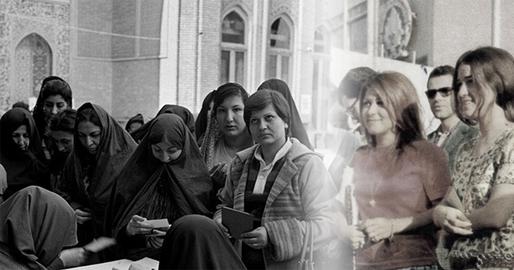

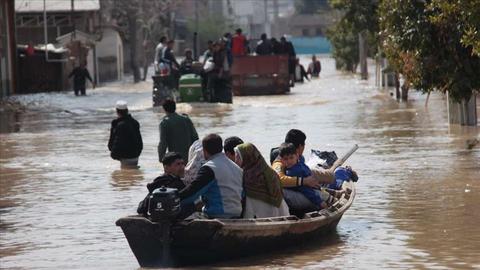
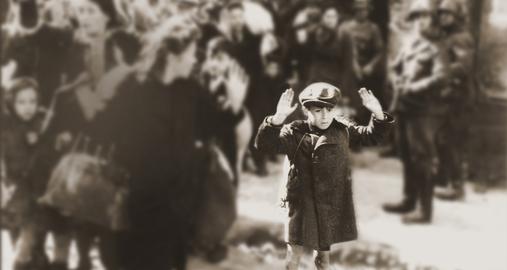
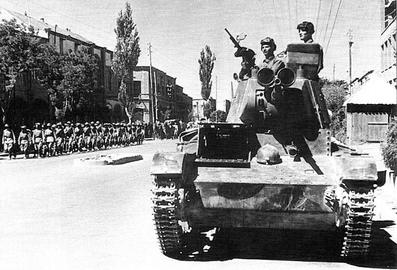
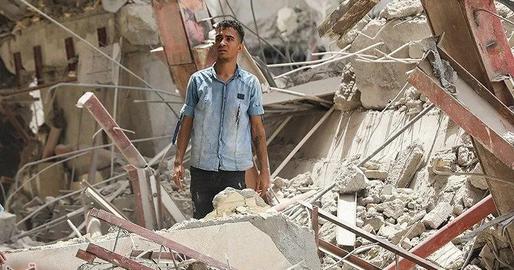





comments